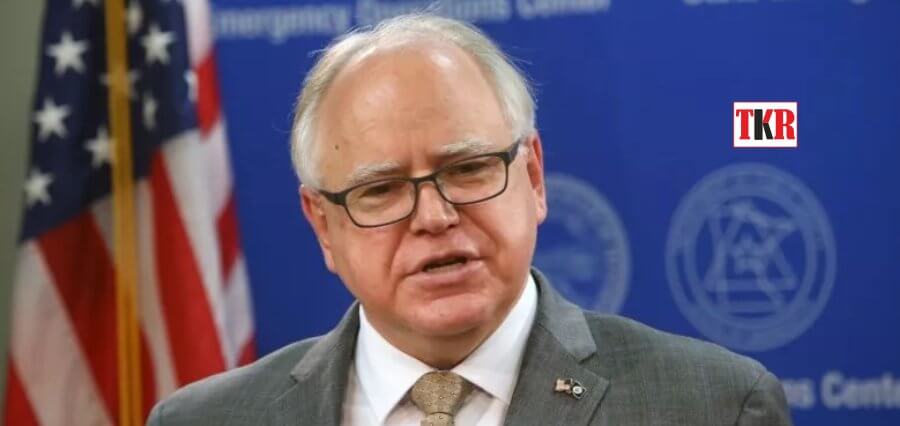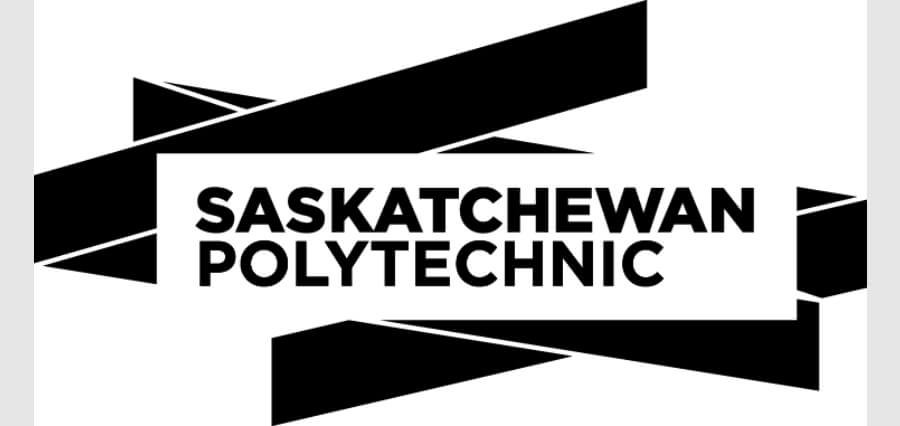When he was sworn in for a second term, Governor Tim Walz concentrated on making Minnesota the finest state to raise children.
He will begin to support it with numbers this week.
The DFL governor is releasing portions of his upcoming two-year budget, beginning on Tuesday with a speech at a school where he will discuss kids, families, and education. He has already mentioned a few of his main priorities for expenditure.
As Walz took the oath of office last month, he declared, “We will make the biggest investment in public education in our state’s history.”
He advised allocating more money for special education, teacher recruiting, teacher training, free school lunches, mental health services, and special education.
He stated that the budget he proposed would put children and families first, and he has a bold plan to eradicate child poverty in the state. During his first four years in office, Walz was involved in the COVID-19 pandemic, responding to the death of George Floyd and the ensuing riots, and negotiating with a politically split Legislature. His second term is probably going to look very different.
For the first time in almost ten years, Democrats are in complete control of state affairs and are sitting on a historic $17.6 billion budget surplus. The current two-year budget for Minnesota is around $52 billion.
The governor’s proposal serves as a starting point for negotiations and will be explained in more depth over the course of the upcoming week. Four months will be spent developing tax and expenditure measures by his administration and DFL lawmakers.
With a few significant exceptions, Walz and lawmakers are typically in agreement on the most important issues. Giving Minnesotans direct checks is one matter that can cause disagreement. Walz has repeatedly suggested giving part of the surplus to residents through one-time checks of $1,000 for individuals and $2,000 for couples.
The checks were not among the top goals listed by House and Senate DFL leaders, but increasing tax credits to assist families with childcare costs were.









